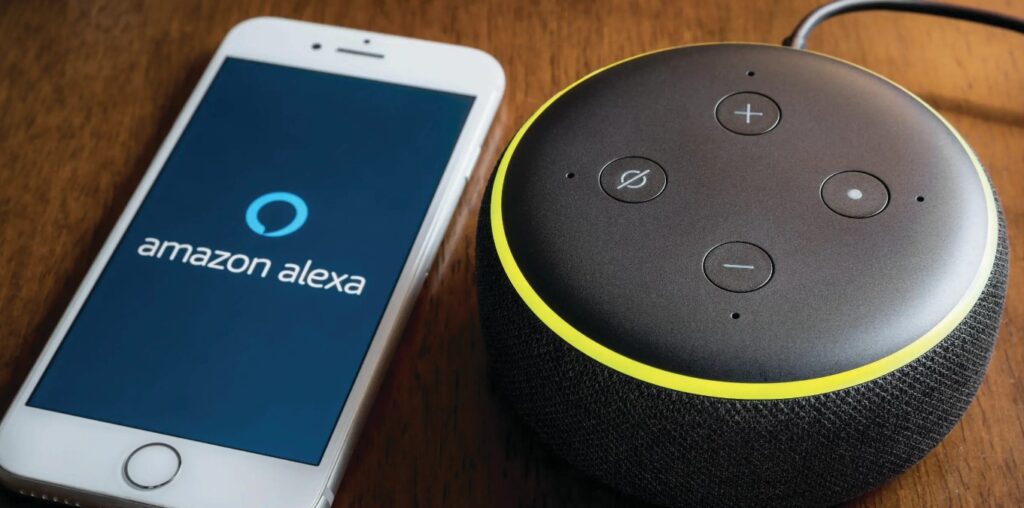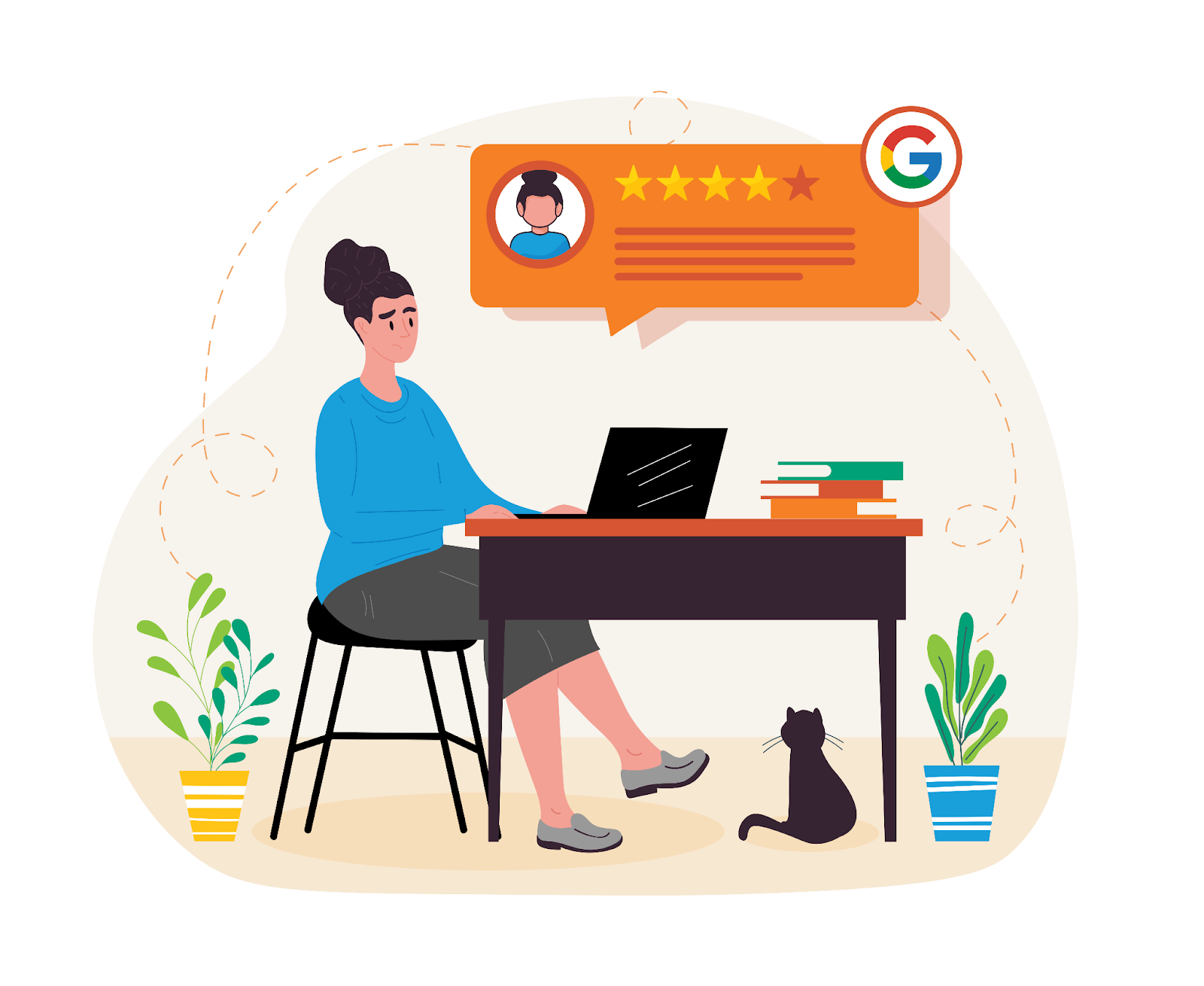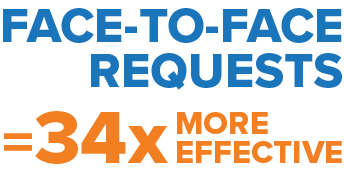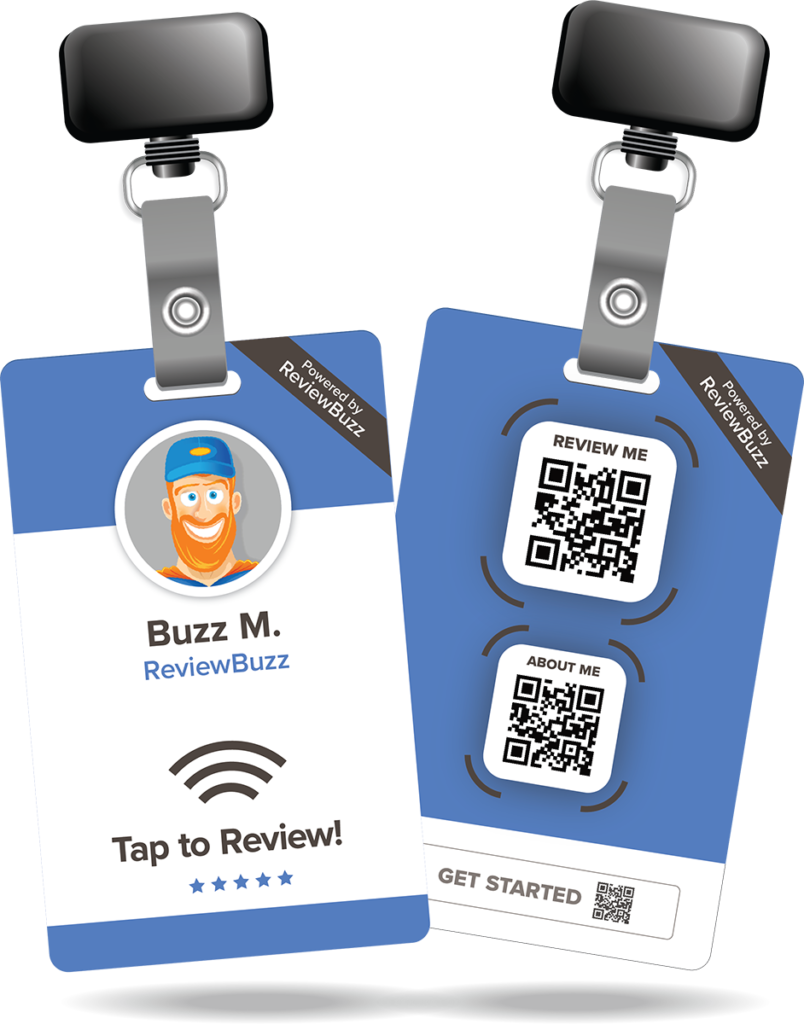Category: Blogs
Unlocking the Human Brain: How We’re Wired for Rewards and Gamification

From the earliest days of our existence, humans have been driven by the pursuit of rewards. Whether it was the thrill of the hunt, the satisfaction of a well-cooked meal, or the joy of communal storytelling, our brains have evolved to seek out and thrive on rewards. In today’s digital age, this innate wiring for rewards has been harnessed through gamification, a powerful concept that leverages our natural tendencies to motivate, engage, and educate.
Let’s explore how humans are wired for rewards and how gamification taps into this ancient drive to create positive outcomes in various aspects of our lives.
Understanding the Brain’s Reward System
 To comprehend how humans are wired for rewards and gamification, we must first delve into the fascinating world of our brain’s reward system. The primary players in this system are dopamine, the brain’s “feel good” neurotransmitter, and the nucleus accumbens, a region of the brain associated with pleasure and
To comprehend how humans are wired for rewards and gamification, we must first delve into the fascinating world of our brain’s reward system. The primary players in this system are dopamine, the brain’s “feel good” neurotransmitter, and the nucleus accumbens, a region of the brain associated with pleasure and
motivation.
When we encounter a rewarding stimulus, such as a tasty meal or a compliment, our brain releases dopamine. This chemical signal is
responsible for the feelings of pleasure, motivation, and reinforcement of certain behaviors. It acts as a biological carrot, encouraging us to repeat the actions that led to the reward. This is a survival mechanism, encouraging behaviors that are beneficial to the individual and the species.
The Connection to Gamification
Gamification is the art and science of applying game- like elements to non-game contexts, such as business, education, or personal development. By doing so, it taps into our brain’s reward system and leverages our innate desire for achievement and recognition. Let’s explore how gamification capitalizes on our reward- seeking nature:
- Clear Goals and Feedback: Games offer players clear objectives and instant feedback on their performance. This feedback can be in the form of points, levels, badges, or other rewards. Similarly, in gamified applications, setting clear goals and providing immediate feedback encourages users to engage with a task or system.
- Progression and Mastery: Games often feature progressive difficulty levels, challenging players to continually improve and master their skills. In the real world, this translates to learning and self-improvement, which can be achieved through gamification by incrementally increasing the complexity of tasks.
- Social Engagement: Humans are inherently social creatures, and we derive pleasure from interactions with others. Gamification often incorporates social elements such as leaderboards, competition, or collaboration, which can boost motivation through a sense of community.
- Intrinsic Motivation: Gamification seeks to activate intrinsic motivation, the desire to engage in an activity for its own sake. This contrasts with extrinsic motivation, where one is driven by external rewards or punishments. By making tasks more enjoyable and meaningful, gamification taps into our inherent intrinsic motivation.
Gamification in our everyday lives
Gamification exists everywhere. A few examples are:
- Education: Gamified learning platforms make education more engaging and interactive, motivating students to complete assignments and acquire new skills.
- Fitness and Health: Fitness apps use gamification to encourage regular exercise and healthier habits by setting goals and rewarding achievements.
- Business and Marketing: Loyalty programs, customer reviews, and sales promotions often incorporate gamified elements to engage customers and foster brand loyalty.
- Employee Engagement: Gamification can boost employee productivity and satisfaction through performance-based incentives, recognition systems, and friendly competition. Insert ReviewBuzz rewards here.
Humans are wired for rewards, and gamification capitalizes on this inherent drive to motivate, engage, and educate. By leveraging our brain’s reward system, gamification transforms mundane or challenging tasks into exciting and fulfilling experiences. As our understanding of the human brain and the potential of gamification grows, it is likely that we will continue to find innovative ways to harness this ancient wiring for rewards to improve various aspects of our lives. So, whether you’re striving for personal growth, business success, or societal change, consider how gamification can unlock the potential within us all, making the journey more enjoyable and rewarding.
4 EASY STEPS TO SET-UP VOICE FOR SEARCHENGINES AND WHY IT’S SO IMPORTANT.
We’ve all turned to Siri or Alexa when driving to search for our favorite song or to call our favorite person on the way home from work. And, the trend of online searching is constantly evolving. In this fast-paced world, multi-tasking has taken precedence and most Americans use voice search to look for services they need as well.

Think of it like this—”Hey Siri, find me the best plumbing company near me,” and instead of manually typing it into a search engine like Google, your customers are verbally asking to easily get Siri’s first answer. Clearly, speaking is quicker and the top result will get their attention because they’re not sifting through on a screen
or spending time scrolling down search results.
Voice assistants are in our homes and on all of our smartphones. It’s time to set your company up for success by enabling voice search to distinguish itself from the competition.
But, how do you set this up to ensure you’re always the first answer? We’ve got you covered. Below is a guideon how to set up Voice for search engines:
Make your business stand-out on voice search using these steps:
- Make a list. Of not only all of your business information like business name, address, and phone number, but of every site you need to be on like Apple Maps, Yelp, and Google. For an additional boost, include your hours and write a 100-word description about your business. Even though they won’t necessarily see photos, add them. You’ll have uniform listings across all sites and ensure everything is the same.
- Generate 5-star reviews. If you were to run a voice search on the best Chinese restaurant in your area, you’ll see that only those with 4-star reviews or above get listed. The more positive reviews your business receives, the better chance you have of being listed. You need to generate more 5-star reviews any way you can to ensure you have not only the best, but enough to put your home service company at the top of that list. Along the same lines, your website review schema (hang with us here!) needs to be up-to-date, meaning you need to have those 5-star reviews presented on your website. Website crawlers —think investigative spiders—will crawl across your site gathering information and present it on search engine results page (SERP) as snippets.
- Use long-tail keywords on your website. Those website crawlers are also picking up on longer variations of searches. For example, when you type in a search it’s usually something like, “best HVAC company New York City.” But, if you’re using voice search, people tend to say longer phrases like, “Ok, Google! Who are the best heating and cooling companies in New York City?” You need to be able to optimize this feature and including “near me” can also get you more hits.
- Make sure your website is mobile friendly. Americans are on their cell-phones all the time. Based on this, Google announced that their search algorithms will primarily begin to use mobile versions of websites as a primary ranking factor—and again—you want to be at the top of that list. Your website content needs to be made for smaller screens and “fat fingers.” Make sure your mobile website loads quickly and that the screen is responsive no matter where it’s meant to be touched.

Why is voice search so important?
We all know being number one on all search engines is the ultimate goal. Consumers who search on Google are 93% more likely to go with the top search result when typing in their search. That’s huge! It’s even higher for those who choose to search by voice as they’re only going to hear the first option. The more you’re the first on that list, the more likely you’ll be chosen, and the more money you’ll make as you get business.
It’s also important to note that Alexa uses Yahoo and Yelp as their search engine and Siri uses Yelp and Google. This is why you want to be listed on ALL sites to better your search rankings and beat your competition. Make sure your home service business is the leader on all platforms

HOW DO I GET GOOGLE ASSISTANT TO LIST MY BUSINESS?

Add your business through Google Maps
If you’re not on Google, you’ll need to add your business.
- On your computer, sign in to Google Maps.
- You can add your business in 3 ways:
- Enter your address in the search bar. On the left, in the Business Profile, click Add your business.
- Right-click anywhere on the map. Then, click Add your business.
- In the top left, click Menu Add your business.
- Follow the on-screen instructions to finish signing up for your Business Profile.

Claim your business through Google Maps
If you already have a Google listing, you’ll need to claim your business.
- On your computer, open Google Maps.
- In the search bar, enter the business name.
- Click the business name and choose the correct one.
- Click Claim this business > Manage now
- To choose a different business, click I own or manage another business.
- Select a verification option, and follow the on-screen steps.
Summary
That’s it! You now have claimed and can manage your listing on Google. And, you’ve found the secret to getting your business listed–and found–on Google Assistant.
HOW DO I GET SIRI TO LIST MY BUSINESS?

- Grab your iPhone and tap the Maps icon
- Type the name of your business in the search box
- If you see your business name then yes, you’re in Apple Maps
- If you don’t see your business then your business is not in Apple Maps

If you didn’t find your business in Apple Maps then you will need to manually add your business using the web-based Apple Maps Connect website. This step requires a computer and an Apple ID to log in to Apple Maps Connect.
Here are the steps to add a new business to Apple Map Connect.
- Open a browser on a computer or iPad (mobile not supported yet)
- Go to Apple Maps Connect – https://mapsconnect.apple.com/
- Click the Sign-in button
- Enter your Apple ID – Don’t have an Apple ID? Create one for free.
- Keep your phone handy if case you get prompted for a security code
- Once logged-in click “Add place” link at the top of page
- Enter your business name and city in search box
- If your business shows up, click the listing to start claiming process
- If your business does not show up, click the link for “Add new place”
Claiming/Editing Existing Listing and/or Adding New Place Information
After completing the steps above you’re either 1) looking at your existing listing in Apple Maps or you are 2) looking at a screen to enter your business info.
Both of these steps are similar as you are at the place where you edit or enter your standard business information. Here is the business information Apple Maps will allow you to enter:
- Place name (i.e. business name)
- Status (i.e. open or closed)
- Country
- Categories (see note below)
- Address & Phone
- Social Media Links (Website, Facebook, Yelp, Twitter, app)
- Apple Pay (i.e. accepted or not-accepted)

Optimizing the Category
This is an important step as your search results and rankings will be somewhat tied to your category. You can have one primary category and two alternative categories. Apple Maps suggests predefined categories as you type in the “Categories” box. Some of these include categories like HVAC, home services, and plumbing—choose all that apply to you. You must choose a predefined category. Try to fill in all three categories if possible.
Phone Verification
Whether you are claiming, editing or adding your business for the first time the Apple Maps application will require phone verification. This is a simple process–Apple Maps prompts you to click to call me now and a robot calls and gives you a PIN that you enter to verify
Final Approval by Apple
Summary
There you have it, the secret to getting your business listed–and found–on Siri is to make sure your business is in Apple Maps and that you have an Optimized Yelp listing with photos and reviews and to have a citation SEO program in place. Simple!
HOW DO I GET ALEXA TO LIST MY BUSINESS?

Alexa uses Yext by Yahoo to find businesses so the first thing you’ll need to do is add your business. Here’s how to do this:
- Go to Yahoo, search for your business, and you should see a link to “Add or update your business.”
- That link will take you to http://www.yext.com/pl/yahoo-claims/index.html
(you can just go here directly if you prefer). - Enter your business information and click “Find My Listings”.
- You’ll then see page that is powered by Yext. It’s a bit intimidating with an “error rate” and all of these warnings that you’re not standing out and not verified through Yext. For now, don’t worry about all of this, just click the big “Continue” button.
- Next, you can update the information about your listing. Complete this page fully—and don’t forget to use the same NAP (name, address, phone) that you use everywhere for your business. Click the “Continue” button when you’re done.
- Yext will then present you with four paid plans, but immediately below these plans is a tiny link that says, “Claim your Basic Listing only on Yahoo” —click that link.
- You’re now at the “Yahoo Basic Listing Checkout” page. Complete the checkout and click “Place Order” (don’t worry—it’s free!).
- Yext will send you an email to verify your email address. Click the link, create a password, then login to your account.
- The final step is to verify you represent this business. The easiest method is to have them call you, but there are other methods as well.


Summary
That’s it! You now have claimed and can manage your free listing on Yahoo. And, you’ve found the secret to getting your business listed–and found–on Alexa.
An additional note: If you’re already listed on Yahoo, you should come up on Alexa as long as you’re optimizing your listing.
**Disclaimer. These are the latest updates from Yahoo. ReviewBuzz takes no responsibility if you have to pay in the future.

How Do I Get Yelp To List My Business?

On top of that, Yelp is the source 89% of the time for Alexa and 81% for Siri. So here’s how to set-up your Yelp business page to get the most voice search results. Here’s how to set it up:
- Go to www.biz.yelp.com/claim, and type in your business name. If you don’t see your business, click “Add to Yelp for free,” and fill out your business details.
- Create a free business user account by entering an email address and password. You should use an email address you check regularly to stay on top of what’s happening with your page.
- Verify your account by entering your verification code. You’ll get an email or call to the number listed on your page.
Follow the prompts in your account to complete your page. You’ll be notified once your business page is verified which can take a few business days.
Managing your Yelp Page
Managing your Yelp presence is easier than ever with the tools provided to business owners

- Add photos and customize your online storefront.
- Track your customer activity. For example, you can see when customers
view your Yelp page or take secondary actions like call your business - Fill your page with business information such as hours, history, and specialties.
- Download the Yelp for Business app so you can track your traffic.
- Take a minute to respond to your new customers if they write you a review.
SUmmary
That’s it! You now can manage your listing on Yelp. And, you’ve found the secret to getting your business listed–and found–on Siri and Alexa.
What is a Good Net Promoter Score?

(2022 NPS Benchmark)
WRITTEN BY DR. DIANA RANGAVES, PHARMD
Introduction
We all know the importance of having great Google reviews for a company to gain the trust and loyalty of customers to get business. Top ranking Google reviews help you to generate more sales and more business. Another way is knowing the Net Promoter Score (NPS) of your customers and business.
Being an HVAC business owner, it is important to know that you can leverage your customers’ feedback and Google reviews. It helps you identify your business’s weak and strong points resulting in better sales and revenue. NPS is a great way of gathering and evaluating your customers’ feedback. Moreover, NPS is a game-changer for HVAC businesses as it involves making customers trust your company.
In this blog post, we have discussed the definition of NPS and categories of customers like promoters, detractors, passives, and trusted.
NPS Definition
Net Promoter Score (NPS) is one of the most effective customer loyalty metrics in a business. NPS measures customer reviews and willingness to recommend a company’s products or services to others.
An NPS score is a rating system that measures how well a product meets the needs of consumers. This score is calculated based on your product/service quality, pre and after-sales services, and overall customer experiences.
As an HVAC business, NPS helps you win customer focus and improve your customer service and customer loyalty with the feedback you’ve received.
What is a NET PROMOTER SCORE
A Net Promoter Score (NPS) is a measurement metric used to measure your customer loyalty. It’s based on the question, “How likely is it that you would recommend our company to a friend or colleague?”
NPS scores range from -100 (everyone is a detractor) to +100 (everyone is a promoter). If your product gets higher in the score, it means your customers are more loyal to you. NPS is one of the best metrics for understanding how satisfied your customers are and how much they are likely to refer your business to others.
Harvard Business Review asserts “NPS is the one number you need to grow.”
How do you calculate a Net Promoter Score (NPS)?
The NPS score is calculated by asking customers, “How likely are you to recommend our company to a friend or colleague?” Customers respond on a scale from 0 to 10, with ten being the most likely to recommend.
For the Net Promoter Score calculation, subtract the percentage of customers who gave a score of 6 or less from those who gave a 9 or 10.
Therefore, if 50% of respondents said they would be “very likely” to recommend your company and 30% said they would be “somewhat likely,” your Net Promoter Score would be 20 (50% – 30% = 20).
What is a good NPS score?
What is a good Net Promoter Score? It is quite tricky to answer depending on your product and target audience. Nonetheless, a good starting point is to aim for a 50 or higher. Anything below this threshold may indicate that you need to work on improving customer satisfaction.
Remember that NPS scores can vary from industry to industry, so it’s important to evaluate your results against those of your competitors. What can be a good score for other industries may not be the best for the HVAC business and vice-versa.
With that said, always strive to do better and continue pushing the envelope with the end – Thanks for sharing your valuable feedback!
According to Harvard Business Review,
“The only path to profitable growth may lie in a company’s ability to get its loyal customers to become, in effect, its marketing department.”
What is a bad NPS score?
Anything below a -50 score is considered a bad Net Promoter Score. It suggests that there is a significant dissatisfaction among customers. If your product gets a lower score, it should motivate you to achieve a high score, don’t be discouraged if your product falls on the lower end of the spectrum.
It is important to understand why your product has a low NPS and work to improve it. By putting in some effort and dedication, you can turn things around and start seeing better results.
Tools for measuring Net Promoter Score
Measuring customer loyalty is essential to understanding your business’s strengths and weaknesses. One of the most popular ways to measure customer loyalty is through the Net Promoter Score (NPS) or similar online tools.
These tools ask customers a simple question—“On a scale of 0 to 10, how likely are you to recommend a product/ service to a friend or colleague?”—this is the measurement gauge of your customers and viewers how they recommend your product to others.
Those who score 9-10 are considered promoters, 7-8 are passive, while those who score a six or below are considered detractors. Your NPS is a particularly important indicator of your loyal customer for their satisfaction and trust while they decide the future growth of your business.
As an HVAC business, you should focus on acquiring more “promoters” as they are really happy with your services and more likely to recommend your business to their group and get you more inbound leads.
Take Away
With a NPS system in place, you can scale your HVAC business while knowing the real picture of what your customers think about your company.
SOURCES
The definition of NPS:
Grigore, Feb 9, 2022: NPS, CSAT, and CES – Customer Satisfaction Metrics to Track in 2022, https://www.retently.com/blog/customer-satisfaction-metrics/
Harvard Business Review on NPS:
Fredericks F. Reichheld, December 2003: The One Number You Need to Grow, https://hbr.org/2003/12/the-one-number-you-need-to-grow
Winning on Google: Why Reviews are so Important

Written by Dr. Diana Rangaves, PharmD
As an HVAC contractor, Google Reviews are the backbone for more sales and business. Customer-focused reviews singing our praises is how to win on Google for free.
The truth is that previous clients know your business’s value, integrity, and excellent customer service.
You’d agree with me that if you repair Mr. A’s air-conditioner, he’ill likely recommend you to Mr. B when his AC is faulty. Likewise, the referral of Mr. C for related and add-on services is a free reward for your company. Additionally, they may recommend you to the next door neighbor or close friend.
Google reviews are a similar experience as word of mouth. Many potential clients are not familiar with you in person. Therefore, one of the best ways of earning trust as the best HVAC contractor in the neighborhood is through Google reviews.
Google reviews are the same as a first impression. A customer reads about 3-5 reviews before deciding whether to call you or a competitor. Let’s dive right into why and how Google reviews impact your business.

Increasing Brand Trust
One powerful thing about Google reviews is people trust them. Put yourself in the position of your customer. Let’s say that you need an HVAC contractor near you, and online neighbors from ten homes in the area recommend a specific company. You’re likely going to buy from that company—Google reviews work the same way. It’s the best way of increasing the trust and recognition of your brand, as the client will know you’ve made other customers happy.
This translates to more sales and more business. Your potential customers learn about you through Google reviews. By the time they call you, the client knows your services, reputation, review status, and whether they’ll buy from you or not. Google reviews solidify the client decision journey.
Online Exposure
Ranking high on Google is central for businesses in this digital online age. How are customers going to find you? Being on the first page of Google means continuous authority over your competitors. Local SEO searches that involve keywords like ‘HVAC near me,’ ‘HVAC in Seattle,’ etc., are very common on search engines. Google uses those keywords to rank businesses. To be on Google’s top rank, your business must have helpful, educational, and reliable content. Additionally, Google is very location-specific, and reviews are used to rank your business.
So, if your business has the highest number of ratings and reviews in a specific location, it will contribute a lot to your ranking on Google pages. For example, if your business has many Google reviews from Seattle or any related keywords from customers, your business will gain better online exposure than other businesses.
Customer Feedback
Every person likely to become your customer wants to know how you satisfied the last client. This will shape their judgment and perspective about your business. Google reviews gather and publish your customers’ opinions so that they are visible to people around the world. Research suggests, “97% of consumers read online reviews for local businesses in 2017, with 12% looking for a local business online everyday.” This is a huge opportunity to reach and influence decision-makers. It establishes free lead generations and can transform your company into a lead magnet.
If we dig further, customer feedback reviews not only increase ranking, but they are also social proof building your visibility to the online world. In addition, reading your clients’ reviews expands and advances your customer service. You will know their pain points and can respond proactively. Insight into what your clients are thinking is one of the huge benefits of Google reviews.
To keep customer feedback going and create an appropriate dialog, open their reviews and reply. Of course, the reply must be sensible, well-timed, and suitable. Remember, the internet is watching, so be in the right frame of mind. A meaningful reply that appreciates or promises an improvement goes a long way. You want to let your customers know that they communicate with a human, not a bot.

Convert Customers
With Google reviews, customers express the good and the needs improvement sides of your business based on their experiences. Some do so politely, while others report aggressively. Regardless of their approach, you must respond positively and calmly.
Ensure that your response is helpful. This will create a feeling of being listened to, and other people will take note. A respectful dialog supports client conversion and retention. Your company will be winning on Google as more people are willing to express their minds without any feeling of intimidation.
Close Sales
For people who doubt your product or service, a long thread of positive reviews will relieve any misgivings or anxiety. Reviews directly impact your reputation and sales. People want a cozy relationship with a business. They want to know that they made the right choice. This validation comes from Google reviews and the knowledge that they’re not missing out. In fact, “84% of people trust online reviews as much as a personal recommendation” according to recent research. Consumers are turning to the internet for answers to all of their questions, including what to buy and where to buy it from.
High-quality reviews with text and a positive experience are the gift that keeps giving. Customers will not only come to your company when they see great reviews, but they’ll also recommend it to their close friends and associates.
Verdict
Google reviews improve conversion, your ranking on Google pages, customer acquisition and retention rate and support local SEO searches by allowing clients to express their experiences with your business.
These reviews also deliver valuable, actionable information for business plan development, and improvements. Get started with ReviewBuzz today.

- SOURCES
- Broersma, Charles. (2022). 5 Reasons Why You Need Google Reviews. https://www.cazbah.net/5-reasons-why-you-need-google-reviews/
- Werre, Jacob. (2021). The Importance of Google Reviews. https://trg-marketing.com/the-importance-of-google-reviews/
- Smith, Daisy (2022). Why are Google Reviews Important? https://www.quora.com/Why-are-Google-reviews-important
- Shaw, Darren. (2021). Why Google Reviews are Important. https://whitespark.ca/blog/why-google-reviews-are-important/
- Cox Kolowich, Lindsay. (2021). 32 Customer Review Sites for Collecting Business and Product Reviews
- https://whitespark.ca/blog/why-google-reviews-are-important/
Get More Revenue From Your Reviews: Webinar Replay
Watch the webinar replay above and discover how to increase leads, calls, and sales this summer simply by leveraging your existing online reviews.
Rich Mauser, Director of Product Marketing and Mike Montano, CEO and Founder of ReviewBuzz will show you how to:
– Get found more often online
– Get more visitors to your site
– Reduce your advertising spend
– Increase your team’s per ticket average
– Flip more leads to your sales team
– Close more high dollar sales
Want to learn more about how ReviewBuzz can help you get more Google reviews and turn those reviews into revenue?
Hit us up on the chat bot, or click here to schedule a quick 15 min demo.






